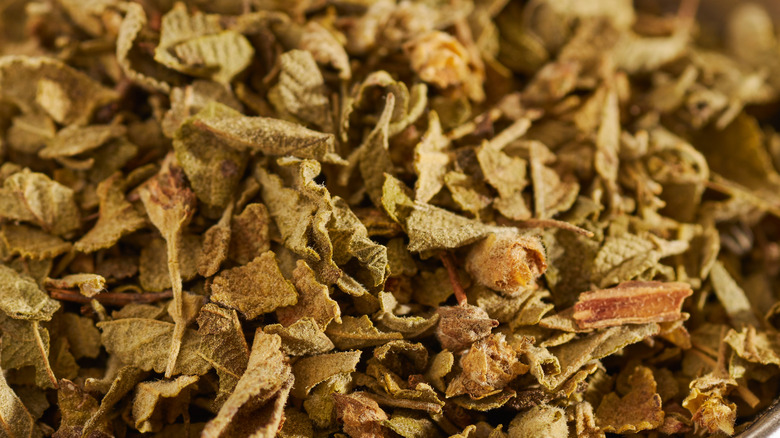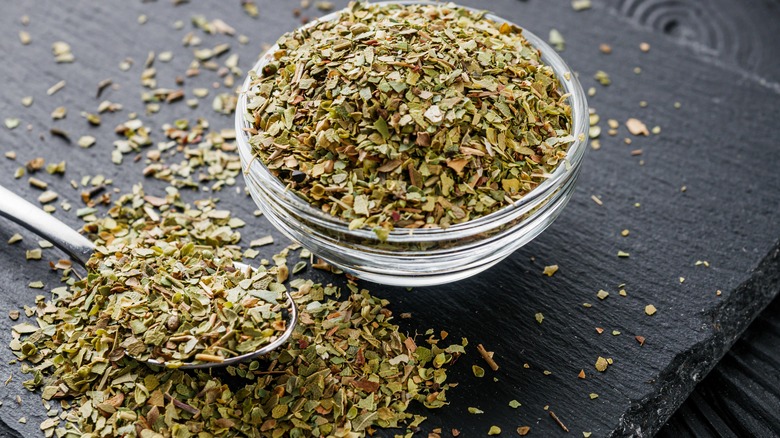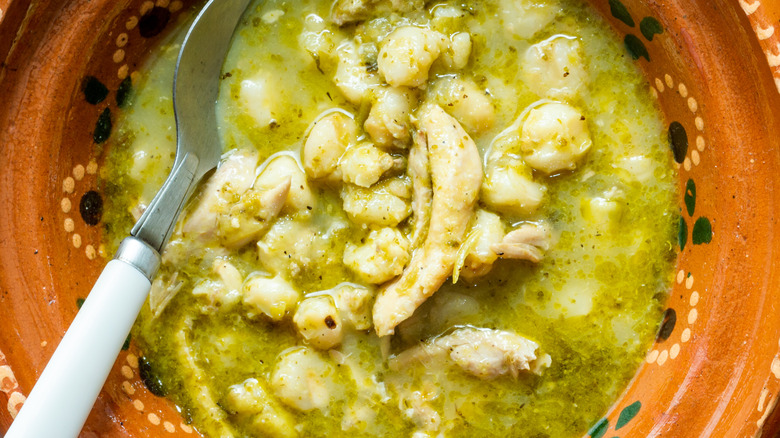What Makes Mexican Oregano Unique?
Scene: You sent your honey to the grocery store for oregano, and they came back with a little bag of Mexican oregano. Scene: You're making tacos, and the recipe calls for Mexican oregano, but you have a bottle that just reads, "Oregano." Scene: You have an unmarked stash of ground herbs, and you have no idea what it is, but you definitely can't smoke it, and it could maybe be oregano, but you have no idea which kind. Are they actually that different, and can you interchange them?
Yes, they are that different — they're actually different plants entirely! Mexican oregano (Lippia graveolens) is related to lemon verbena while Mediterranean (usually Greek or Italian) oregano (Origanum vulgare) is related to mint and closer to marjoram. And they have pretty different flavors: With that close relation to verbena, Mexican oregano has bright flavor notes of citrus and aniseed. Mediterranean oregano, on the other hand, has flavors that change according to where it's grown but all have a little bitter, peppery flair and minty undertone. And they do share some flavor compounds, so in a bind, yes, you can use one in place of the other — but it won't turn out quite the way it's supposed to.
Telling the difference: A tale of two oreganos
First things first: Unless you're in Mexico, chances are good that if it says "oregano" without a qualifier, you have Mediterranean oregano. If you have a bunch of fresh oregano, it's almost certainly Mediterranean oregano, as Mexican oregano is almost always sold dried. If it's in tea, it's almost certainly Mexican oregano.
But if you're faced with an unlabeled jar or packet of what you're pretty sure is oregano with an unknown origin, don't fret. Dried Mediterranean oregano will have small green leaves. The taste will be piney, peppery, and minty. Mediterranean oregano has smooth-edged leaves while Mexican oregano has serrated edges to the leaves, which are often larger and lighter in color than their counterpart. Mexican oregano will have a citrusy, grassy, bright flavor with anise or licorice undertones. Uncut, the leaves of Mexican oregano seem huge and very leaf-like. Just to make things confusing, some producers sell "Greek cut" Mexican oregano, which will take on the smaller, often fragmented appearance of Mediterranean oregano.
Using and substituting Mexican oregano
As you might imagine, Mexican oregano is a staple in Mexican cuisine. If you're making a Mexican dish, and your recipe doesn't specify which oregano you should use, default to Mexican. The difference in long-simmered soups and sauces will be noticeable if the right (or wrong) kind is used, and while it will still probably be delicious, you'll know it could have been even better.
While you could get away with adding Mediterranean oregano to your regional chili, there are some dishes you're just going to need to either go out and get the Mexican stuff for or wait to make them until your next trip to the store. This pozole verde calls for Mexican oregano, and it's the main herb other than cilantro in the dish. That's the kind of meal you'd really notice and wonder why it didn't come out right.
We said at the top that you can, in a bind, substitute Mexican oregano with Mediterranean oregano. And yes, that's still true — though we recommend dialing back the amount you use if you're going to do that. Instead, if possible, turn to the bottle of marjoram you have in your cabinet for that one recipe you made but haven't found another use for it yet. It's certainly not an exact dupe, and while the Mediterranean is closer to marjoram, it's still a good swap. Or you could mix the two — who are we to stop you?


